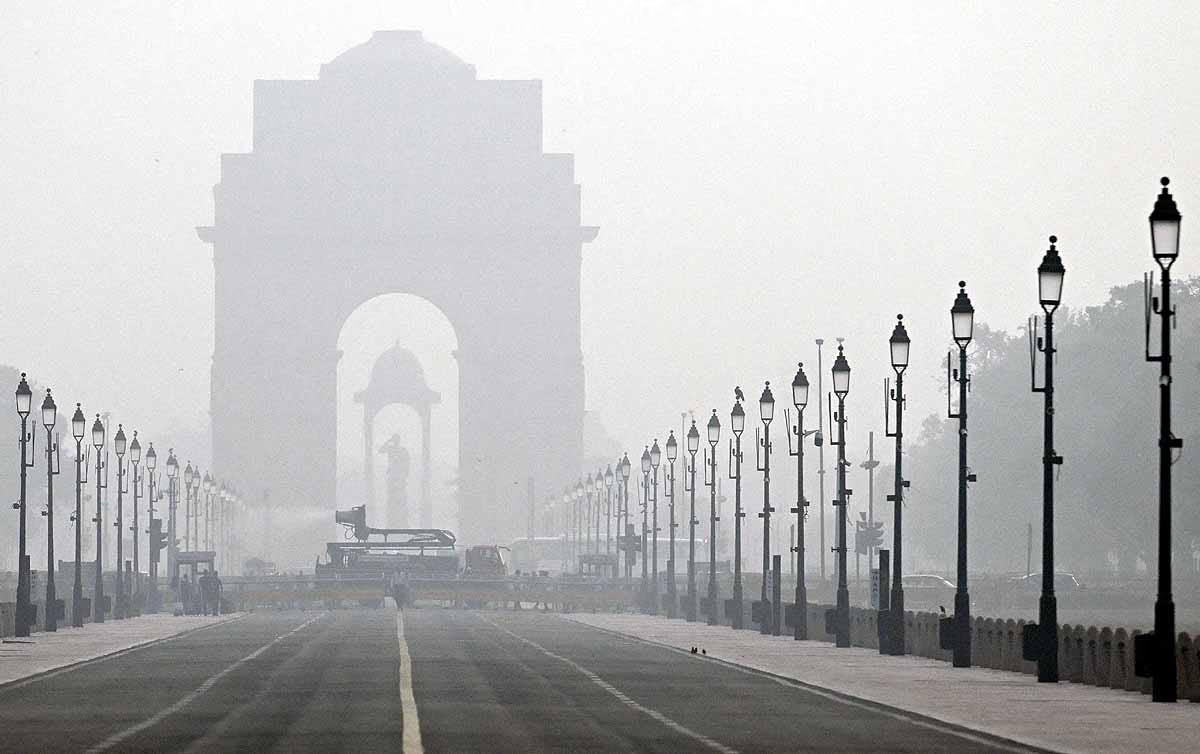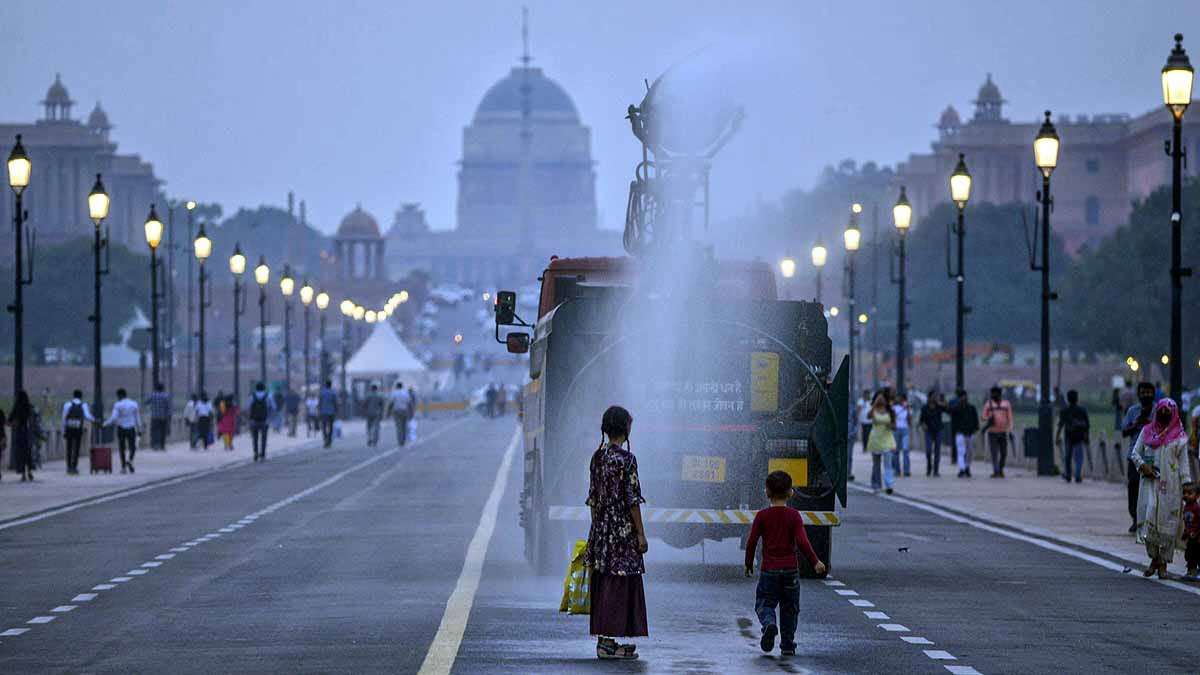As winter approaches, the air in Delhi and its surrounding areas has turned toxic once again. On Sunday, the air quality deteriorated so significantly that the Air Quality Index (AQI) shot up to 366, classified as 'very poor.' People, especially children, the elderly, and those with lung or heart conditions, are finding it hard to breathe. The question arises: why is there no relief from this hazardous air, and what are the potential health risks?
The primary culprits in Delhi's toxic air are particles known as PM2.5 and PM10. PM2.5 particles are ultrafine particles, smaller than 2.5 micrometers, capable of reaching the lungs with ease. Meanwhile, PM10 particles are slightly larger, up to 10 micrometers. On Sunday, PM2.5 levels were at 189.6 micrograms per cubic meter, surpassing safe levels, while PM10 reached 316.
Also Read:
According to the Central Pollution Control Board (CPCB), the AQI was 303 the previous day, which soared to 366 on Sunday. The key factor? Weak winds! Wind speed dropped below 8 kilometers per hour, coming from the northwest.

Source: aajtak
This trapped pollutants in the air, preventing them from dispersing. The Air Quality Early Warning System (AQEWS) in Delhi reported that when wind speeds drop below 10 kilometers per hour and the ventilation index falls below 6,000 square meters per second, pollution is likely to stagnate in one location.
The weather department noted that on Sunday, Delhi's maximum temperature was 30.7 degrees Celsius (0.5 degrees below normal), while the minimum was 16.8 degrees (1.5 degrees above normal). Humidity stood at 75%, with mild fog on Monday. These conditions have exacerbated pollution.
Ghaziabad: 351 (Very Poor)
Gurugram: 357 (Very Poor)
Noida: 348 (Very Poor)
Greater Noida: 340 (Very Poor)
Faridabad: 215 (Poor)
Dharuhera, Haryana: 434 (Severe)
Bhiwandi, Maharashtra: 376 (Very Poor)
Also Read:
The Wazirpur station in Delhi recorded the highest AQI of 413, placing it in the 'severe' category. There were a total of 3 stations in the severe range (above 400) and 28 in the very poor range (above 300). The CPCB defines AQI categories as follows:
0-50: Good
51-100: Satisfactory
101-200: Moderate
201-300: Poor
301-400: Very Poor
401-500: Severe
Since November 1, vehicles emitting BS-3 or lower have been banned in Delhi, though this measure seems insufficient. AQEWS indicates that air quality will remain 'very poor' until November 4.
This toxic air makes breathing a challenge. Experts warn that PM2.5 and PM10 collect in the lungs, aggravating respiratory illnesses. Children, the elderly, and pre-existing lung or heart patients are especially vulnerable.

Source: aajtak
Breathing Difficulty: Eye irritation, sore throat, cough, and shortness of breath. Severe cases may trigger asthma attacks.
Heart Issues: Pollutant particles damage blood vessels, increasing heart attack risk.
Lung Damage: Prolonged exposure leads to lung inflammation and cancer risk.
Impact on Children and Pregnant Women: Children's growth may be stunted and unborn babies may be affected.
Skin and Eye Problems: Itchy skin and eye irritation.
Experts advise staying indoors if the AQI exceeds 300. Wear masks (N95 or better), keep doors and windows shut, and use air purifiers. Doctors recommend consuming more milk, fruits, and vegetables, and staying hydrated.
Also Read:
Dr. Arvind Kumar (Lung Specialist, Sir Ganga Ram Hospital): PM2.5 particles are so minute that they dissolve in the bloodstream, impacting not just respiration but the entire body. Every winter, respiratory patient numbers in Delhi surge by 20-30%.
Prof. Anumita Roy Chowdhury (Centre for Science and Environment): Besides weak winds, stubble burning, vehicular emissions, and industry are major contributors. The Graded Response Action Plan (GRAP) needs strict enforcement.
CPCB Official: We are monitoring, but changes in weather will take time to provide relief. People need to stay aware as well.
Stay Indoors: Avoid going out, especially in the morning and evening.
Masks and Filters: Wear N95 masks, install HEPA filters in ACs.
Reduce Vehicle Use: Opt for public transport or cycling.
Plant Trees: Keep oxygen-generating plants at home.
The Delhi government and central authorities are taking measures, but significant changes are needed for long-term solutions. If the air doesn't clear, a greater health crisis could loom.




